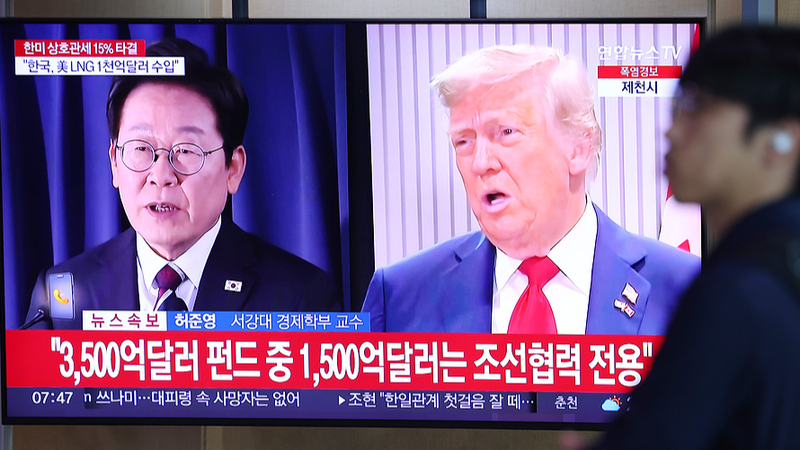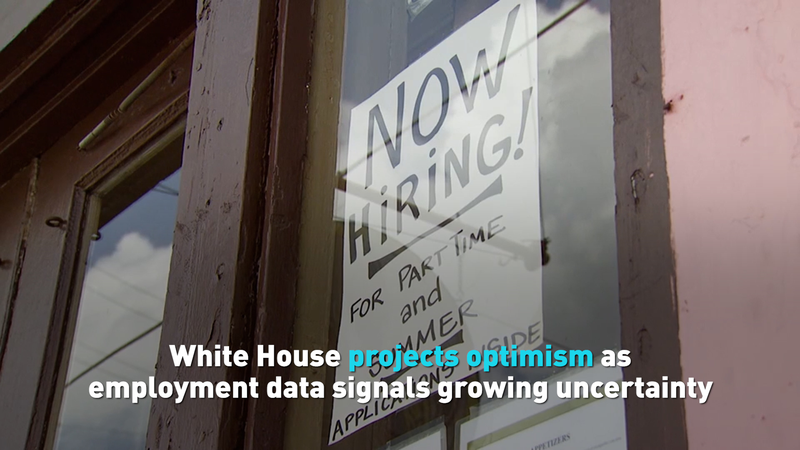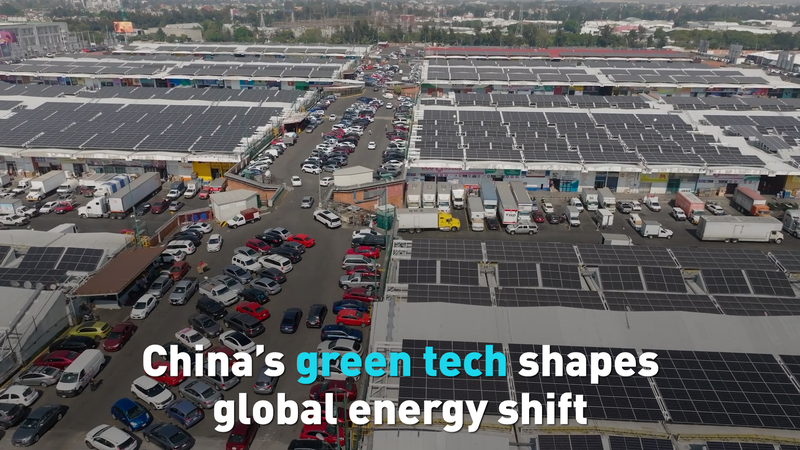As the countdown to August 1 began, U.S. President Donald Trump rolled out a wave of trade moves that reached from Mumbai to Brasilia to Seoul—and even your online shopping carts.
India: 25% Tariff Deadline
After months of stalled negotiations, a 25 percent levy on Indian imports kicks in on August 1. The move comes after Trump labeled India a friend but faulted its high duties and ongoing purchases of Russian military kit. New Delhi says it remains open to a fair, balanced and mutually beneficial trade deal.
Brazil: 50% Duties Amid Tension
In a related executive order, imports from Brazil will face a total 50 percent tariff, effective one week after the order. The decision follows recent diplomatic strains over the trial of former President Jair Bolsonaro and U.S. visa suspensions for Brazilian justices. Brasilia's finance minister says talks with Washington remain on the table.
South Korea: A 15% Compromise
Trump announced a 15 percent tariff rate for South Korean goods—below the 25 percent initially threatened—paired with a commitment from Seoul to invest $350 billion in the U.S. and buy $100 billion in energy products. President Lee Jae Myung hailed the pact as a major hurdle cleared, ensuring Korean exports face competitive U.S. levies.
Copper & Low-Value Imports
Starting August 1, semi-finished copper and copper-intensive products will incur a 50 percent duty, with the Commerce Department set to add more items under a Defense Production Act mandate. U.S. copper futures plunged 20 percent as markets digested the surprise.
Meanwhile, the White House is ending the de minimis exemption for packages under $800. After August 29, low-value shipments will face full duties, while postal deliveries will incur either ad valorem duties or a specific tariff of $80 to $200 for six months.
As the deadline looms, businesses, consumers and digital nomads worldwide will watch who strikes deals and who faces new barriers in this shifting global trade landscape.
Reference(s):
Trump strikes tariff deal with S. Korea, ups rates for India, Brazil
cgtn.com




